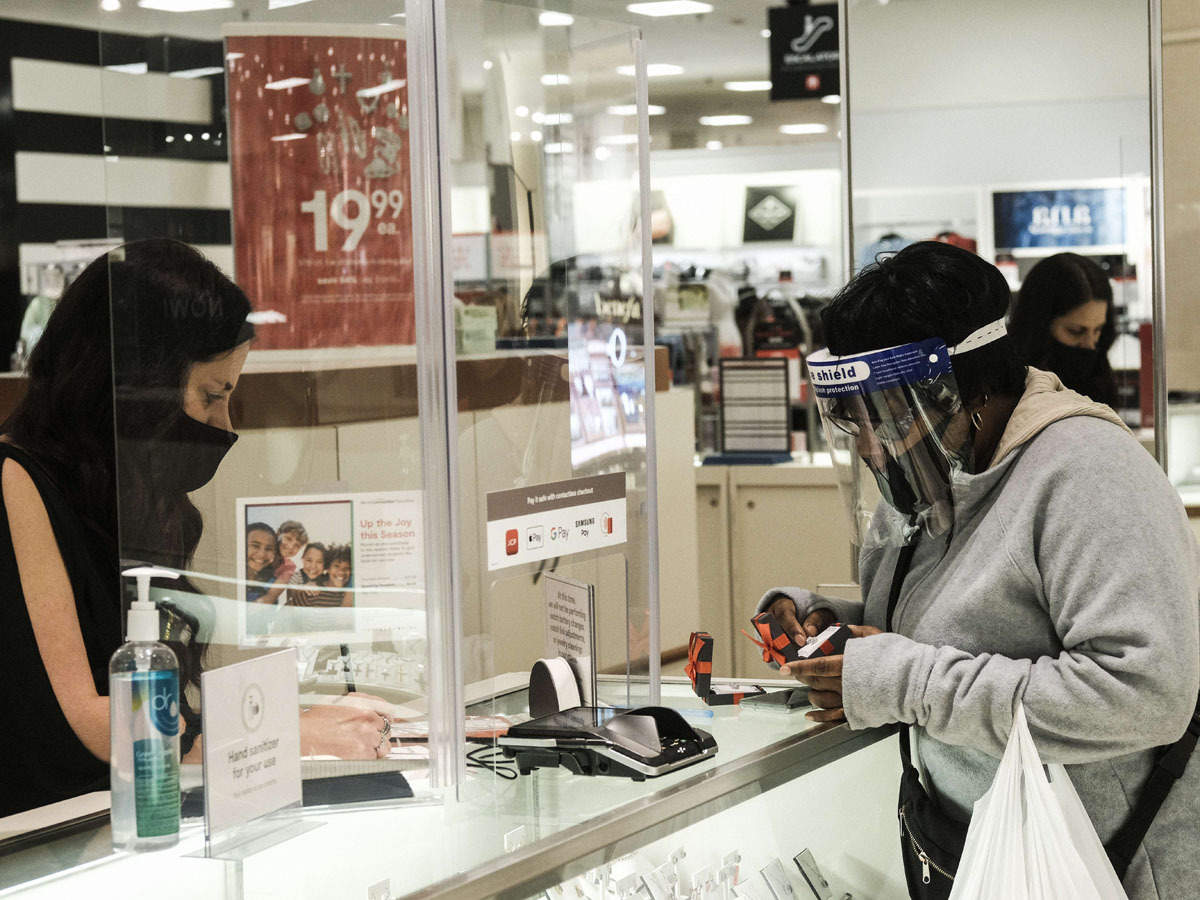
Going home for the holidays? Learn the travel restrictions by U.S. state
The COVID-19 pandemic has thwarted a lot of plans this year, but as the year gets closer to its end, people are wondering if it’s safe to go home for the holidays. There’s no easy way to say this: avoid travelling as much as you can. It’s what the CDC guidelines strongly suggest. In fact, during Thanksgiving, CDC recommended not to travel at all.
That said, we understand that 2020 has also been hard in terms of the lockdown & the ensuing loneliness it brought along with it. So if you do decide to travel, make sure you take all precautions. This includes following the norm of social distancing & maintaining a distance of 6 meters. Wear a mask at all times & sanitise/wash your hands as often as possible.
At the same time, inter-state travel requires you to do a little more research now – gone are the days of impromptu plans – to find out about the travel restrictions imposed in the state you’re travelling to. But don’t worry. We’ve got you covered with a snappy overview of all the travel guidelines for U.S. states. Let’s begin: Alabama has no travel restrictions, so if longleaf pines are your home, get going.

If you’re willing to travel to Alaska, you will need to get tested for COVID-19. Only if you have a negative report for a test taken within 72 hours of departure can you enter the state. An alternative is to get tested upon arrival, but that’ll burn a hole in your pocket as you shelve out $250, as you self-isolate waiting for the results. You will also be required to fill a “Travel Declaration and Self-Isolation Plan” upon arrival.
Arizona has no travel restrictions either, but wearing masks is non-negotiable for people arriving from Phoenix Sky Harbor International Airport or Tucson International Airport.
Arkansas, Delaware, Florida, Georgia, Idaho, Indiana, Idaho, Louisiana, Michigan, Mississippi, Missouri, Nebraska, North Carolina, North Dakota, Oklahoma, South Carolina, Texas, Utah, Virginia, West Virginia, Wisconsin, Wyoming, Tennessee, and Colorado have no travel restrictions either. Having said that, these states are also asking for safety precautions to be followed & non-essential travel be avoided.

But if you’re headed to California, you’ll be asked to self-quarantine for 14 days upon arrival, irrespective of whether you’re a returning resident or visitor. It’s the same for Washington. However, for those headed to Washington D.C., a COVID-19 negative test is essential, no earlier than 72 hours prior to departure.
In addition, DC visitors have to get tested within 3-5 days of arrival if they’re staying longer than three days. There are certain exceptions to this, like for visitors from Maryland or Virginia.
In Vermont, both returning residents & visitors from out of state have to self-quarantine for 14 days. If a negative test is shown, the quarantine can end at 7 days. South Dakota, on the other hand, might have certain restrictions on tribal land routes.

Rhode Island is being cautious, too. If you’re coming from a state with 5% or higher positivity rate, either 14-days’ self-quarantine or a negative test taken no further than 72 hours prior to arrival is on the table. The rules are pretty much the same in Pennsylvania, with an additional stipulation: if you fail to comply with these guidelines, you can be slapped with a fine of up to $300.
If you’re charged with non-compliance in Massachusetts, you’ll receive fines of $500 per day. Ohio’s not being too strict about it, but if you’re flying from a state with 15% or higher positivity rate, do the responsible thing & self-quarantine according to the guidelines.

For New York, the guidelines are rigorous. If you’re coming from a noncontagious state, the standard practice of either 14-days’ self-quarantine or a negative test taken no further than 72 hours prior to arrival applies. Additionally, get tested after three days of arrival & quarantine. Only after you get a second negative test can you break the isolation.
Most states ask you to self-quarantine for 14 days without breaking it until a negative report is handed. In Maine too, rigour is being exercised. A “Certificate of Compliance” stating that you intend to quarantine or proof of your negative result is required to be shown to all accommodations, such as Airbnbs, hotels, and campgrounds.







